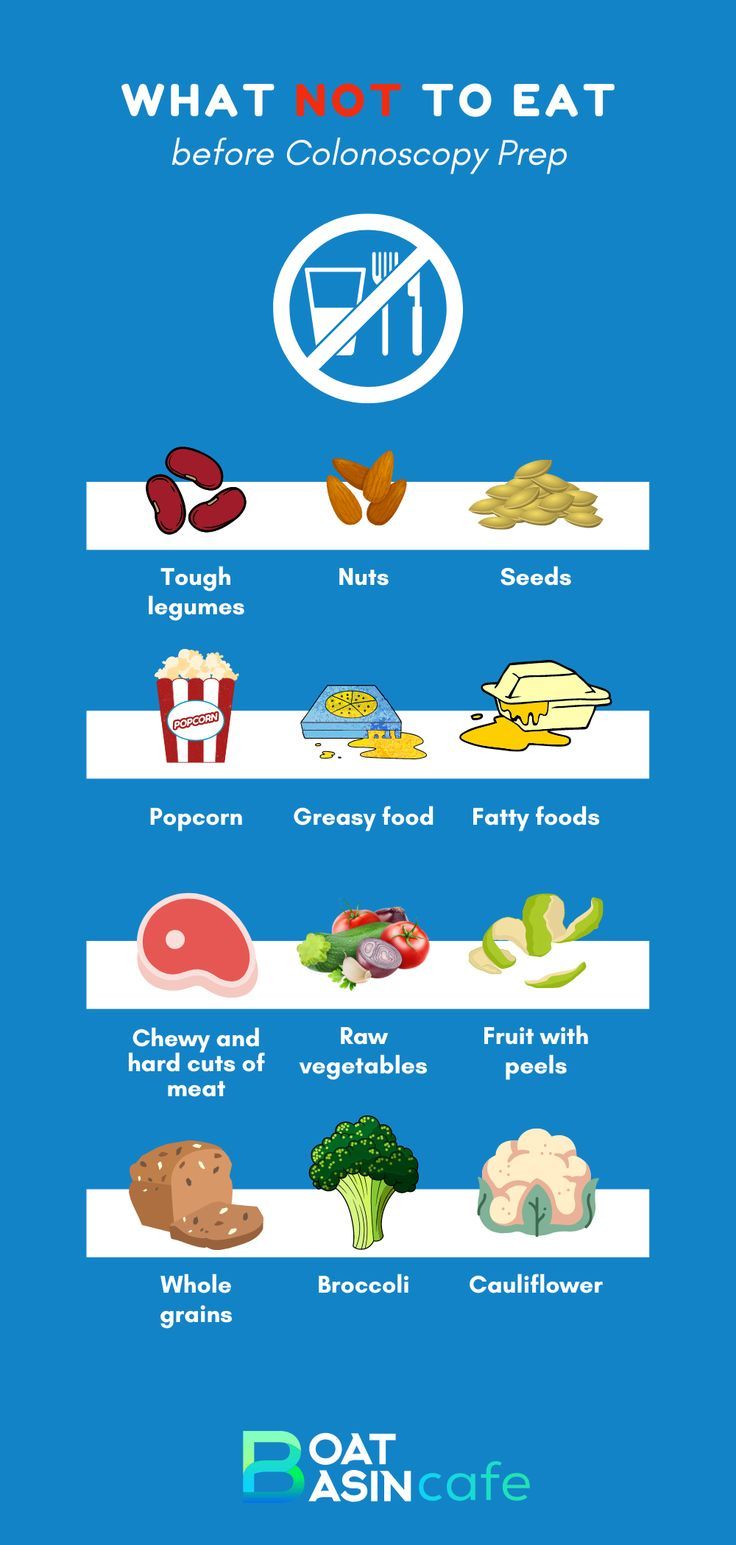
How to Properly Calculate Opportunity Cost for Smart Financial Decisions in 2025
Understanding opportunity cost is essential for making informed financial decisions, be it for personal finance, business strategies, or investment choices. The concept revolves around what we sacrifice when we choose one option over another. In 2025, a year characterized by rapid economic changes and evolving market dynamics, calculating opportunity cost accurately can significantly enhance decision-making processes. This article will delve into the definition of opportunity cost, its importance in economics, and practical ways to calculate and assess it effectively.
We will explore various examples that illustrate opportunity cost in finance, resources allocation, and economic choices. Additionally, we will cover decision theory and trade-offs inherent in opportunity cost analysis. By the end of this guide, you will possess a comprehensive understanding of how opportunity cost plays a pivotal role in both personal and professional realms.

Defining Opportunity Cost and Its Importance
Opportunity cost is fundamentally the value of the next best alternative that is foregone when a choice is made. Recognizing this concept is critical in making rational choices that align with your financial goals. The importance of opportunity cost lies in its ability to inform economic decisions, ensuring individuals and businesses consider both explicit and implicit costs associated with their choices.
In decision-making frameworks, opportunity cost drives understanding of trade-offs. When resources are scarce, evaluating opportunity cost enables better resource management, ensuring optimal allocation. This relevance extends to various aspects, from personal investments to large business strategies, ultimately affecting economic efficiency.
Understanding Economic Trade-offs
Trade-offs are inherent in opportunity cost, emphasizing the sacrifices made when pursuing certain options over others. In economics, this is often illustrated through the production possibilities frontier, which showcases the maximum feasible outputs for two goods, demonstrating that increasing production of one good typically requires reducing the production of another.
For instance, consider a company deciding between investing in marketing or research and development. If it opts for marketing, the opportunity cost is the potential innovations or products that might have resulted from investment in development. Evaluating this trade-off’s consequences plays a vital role in decision-making processes.
Opportunity Cost in Finance
In finance, opportunity cost often relates to the returns on alternative investment options. If an investor chooses to purchase stock in Company A, the opportunity cost would be the potential profit they would have gained had they invested in Company B instead. Understanding these financial implications is essential for optimizing resources.
Investors must consider both the explicit costs (like purchasing price) and implicit costs (such as potential income lost from not choosing another investment). For 2025, conducting thorough opportunity cost calculations will aid in fine-tuning investment analyses and enable strategic decision-making that aligns with market trends.
Calculating Opportunity Cost: The Formula and Analysis
The opportunity cost formula provides a structured method for assessing the economic trade-offs. The basic formula can be represented as:
Opportunity Cost = Return on Best Foregone Option - Return on Chosen Option
To apply this, employ a systematic approach that evaluates the implications of each option effectively. For instance, if you choose a low-interest savings account over a higher-yielding investment with a return of 8%, your opportunity cost is determined by the foregone profits from that higher interest rate.
Assessing Opportunity Cost: Steps Involved
Assessing opportunity cost involves a multi-step process, ensuring accurate results when making decisions. Start by identifying the alternatives available, then forecast the outcomes and returns of each option. Calculate the potential value of the highest-valued opportunity, and finally, apply the opportunity cost formula.
A practical example is evaluating whether to pursue higher education or enter the workforce directly after high school. If the expected salary from immediate employment is $50,000, while the anticipated higher salary with a degree is $70,000, calculating the lost income during the education period (alongside tuition costs) provides a clear opportunity cost analysis.
Common Mistakes to Avoid in Opportunity Cost Calculation
Accurate calculation is critical, yet many make notable errors during assessments. One common mistake is failing to consider indirect costs, such as time commitment and emotional labor. Additionally, being overly fixed on direct monetary losses can overshadow broader implications that could affect the evaluation results.
Another common issue is neglecting to revisit opportunity costs periodically. As circumstances and market dynamics shift, the relevance of previous evaluations may change, necessitating updated calculations to ensure continuous alignment with economic realities.

Real-Life Examples of Opportunity Cost in Decision Making
Familiarizing yourself with real-life examples of opportunity cost can solidify your understanding and enhance decision-making capabilities. One instance is a college student deciding between taking on a part-time job or dedicating that time to their studies. The opportunity cost in this scenario encompasses the income from the job and the potential academic gains from increased study time. Each choice has implications for future earnings and career prospects.
Opportunity Cost in Business Strategies
In the business context, opportunity cost plays a significant role in strategic planning and operational efficiency. Companies must determine how best to allocate their resources, whether it be expanding production or investing in market research. For example, a tech company might weigh the benefits of developing a new software version against launching a new product. The opportunity cost would involve analyzing potential market share losses and revenues from the alternative choice.
Understanding Opportunity Cost Implications in Economics
Economically, the implications of opportunity cost are vast, determining how resources are allocated and economic choices are made. Understanding these choices enhances consumer behavior analysis, strategic investment planning, and overall market equilibrium assessments. Opportunity cost allows economists to evaluate the effectiveness of various resource allocation strategies, assessing whether optimal outcomes are being achieved.
Evaluating Opportunity Cost and Making Informed Choices
To effectively evaluate opportunity cost, it is beneficial to develop a decision-making framework that incorporates this analysis. This framework should consider empirical data, stakeholder perspectives, and real options analysis. Engaging in cost-benefit analysis ensures that choices align with both short-term and long-term financial goals.
Identifying Key Metrics for Opportunity Cost
When evaluating opportunity cost, it is crucial to identify key metrics that will inform decision-making. Metrics can include projected returns, time investments, and alignment with strategic objectives. By utilizing these metrics, individuals and businesses can understand not just the numerical implications but also the qualitative aspects of their choices.
Pedagogical Applications of Opportunity Cost Concepts
Understanding opportunity cost extends beyond financial decisions, impacting education and career opportunities. By communicating these concepts effectively, educators can empower students to make informed choices about their academic paths, ultimately leading to better career outcomes and economic efficiency.
Conclusion: Maximizing Financial Decisions through Opportunity Cost Understanding
The analysis of opportunity cost is fundamental to effective financial decision-making across various domains. As we navigate through the complexities of 2025's economic landscape, applying the principles of opportunity cost will not only inform better individual choices but also enhance business strategies and investment analyses. By understanding opportunity cost, you position yourself to make informed choices that maximize returns and ensure successful outcomes.
For further insights into economics and decision-making frameworks, explore additional resources at Understanding Economic Trade-offs and Financial Decision Frameworks.